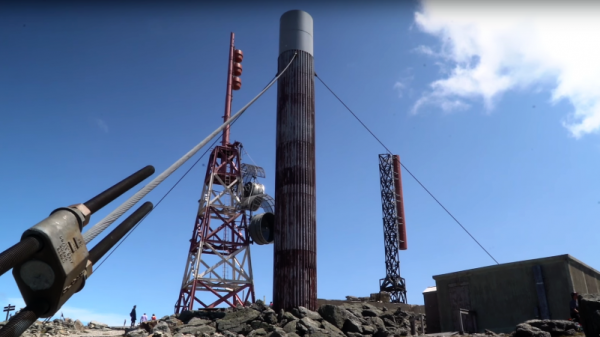No matter what you think of Elon Musk, it’s hard to deny that he takes the dictum “There’s no such thing as bad publicity” to heart. From hurling sports cars into orbit to solar-powered roof destroyers, there’s little that Mr. Musk can’t turn into a net positive for at least one of his many ventures, not to mention his image.
Elon may have gotten in over his head, though. His plan to use his SpaceX rockets to fill the sky with thousands of satellites dedicated to providing cheap Internet access ran afoul of the astronomy community, which has decried the impact of the Starlink satellites on observations, both in the optical wavelengths and further down the spectrum in the radio bands. And that’s with only a tiny fraction of the planned constellation deployed; once fully built-out, they fear Starlink will ruin Earth-based observation forever.
What exactly the final Starlink constellation will look like and what impact it would have on observations depend greatly on the degree to which it can withstand regulatory efforts and market forces. Assuming it does survive and gets built out into a system that more or less resembles the current plan, what exactly will Starlink do? And more importantly, how will it accomplish its stated goals?













